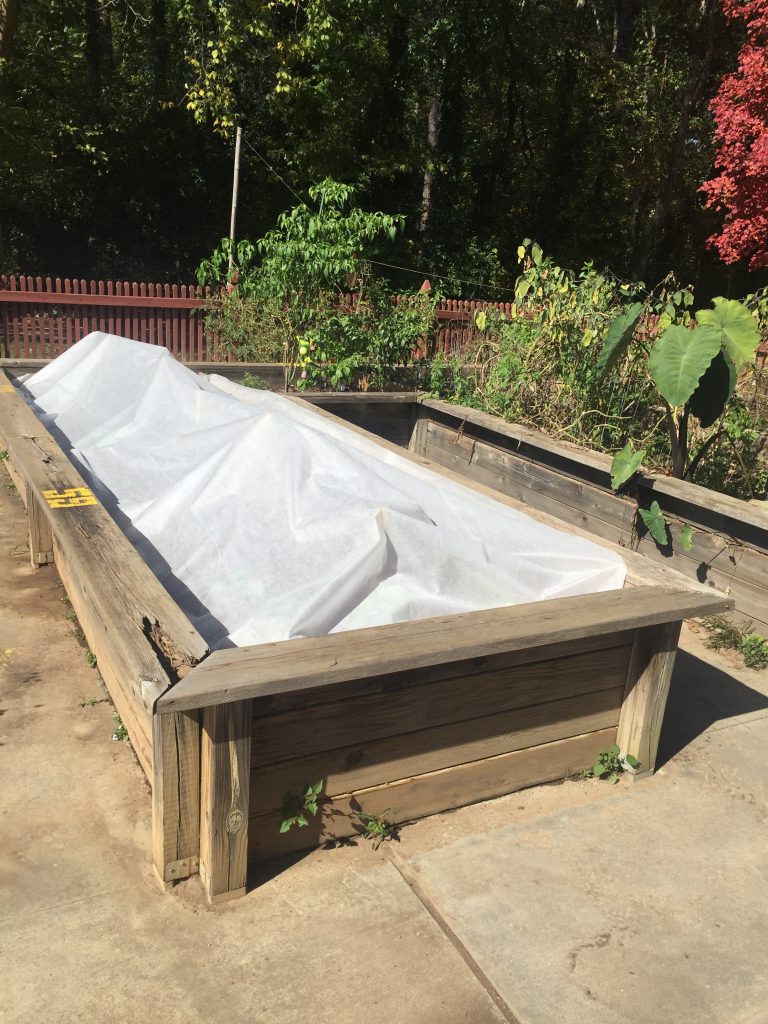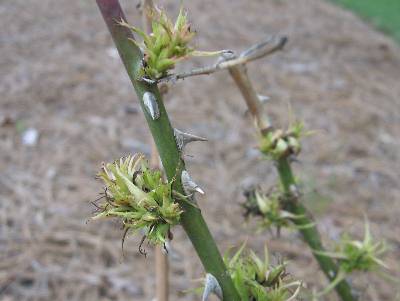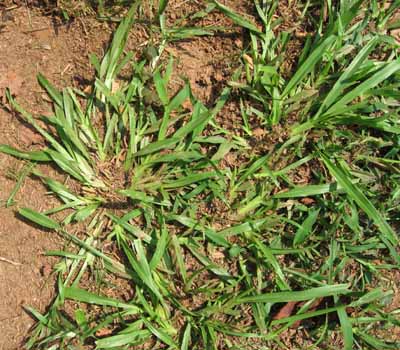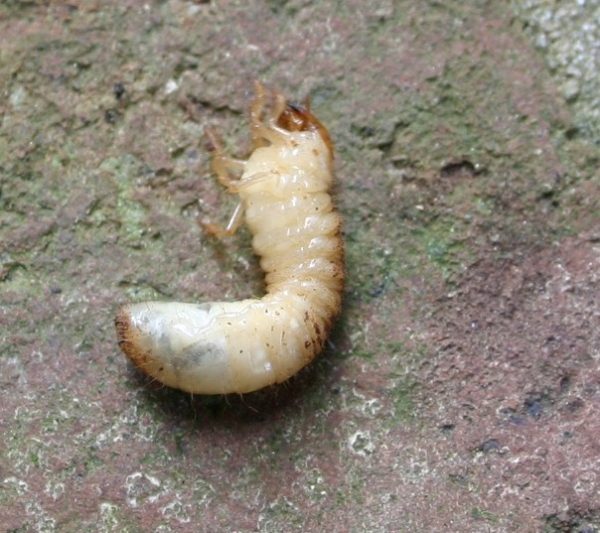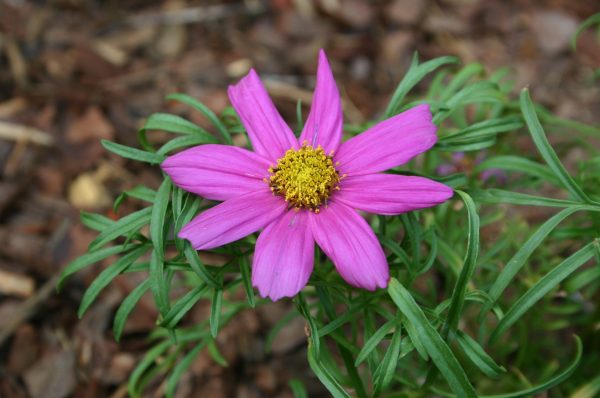Protecting Plants from a Spring Cold Snap
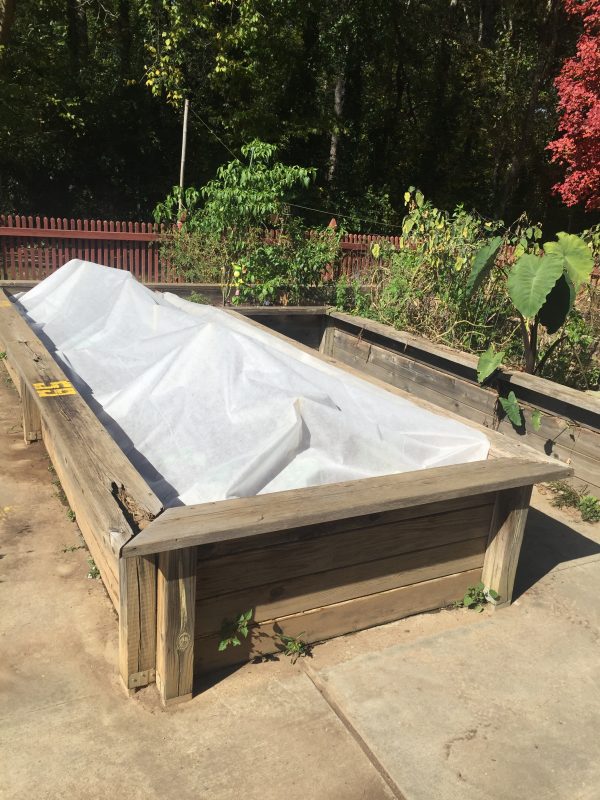
Georgia is famous for spells of warm weather in early spring that are followed by a couple of days below freezing.
The average last freeze is March 27 but a frost can occur as late as April 23. (Brrrr!!)
If the soil is pretty warm before a freeze, and if the plants are low to the earth, little damage will occur.
If the cold temperatures are only expected at night, simply cover tender plants (tomato, impatiens, basil, etc) with light cotton sheets or with cardboard boxes. Weight them down with rocks or limbs. Remove them the next day when temperatures rise.
If the cold temperatures are forecast to be during the day and night, be extremely careful covering plants with clear plastic. On a sunny day, even when it’s below freezing, the air under clear plastic can get so hot your plants will cook. I prefer black plastic for a daytime covering because the shiny black reflects most light rather than absorbing it.
You can “tent” tender shrubs by driving a stake in the ground so the top is slightly higher than the top of the shrub. Cover the entire shrub with black plastic down to the ground and anchor the edges with logs or stones.
My favorite plant covering is “frost cloth” (click for sources), a spun polyester material that can be draped over plants.
See examples of how well frost cloth works:
Winter Protection of tender Plants
The bottom line is that damage done to your plants depends on how low it gets and how long the freezing temperatures last. If the cold only lasts an hour or so and if plants are protected from the wind by a wall or a line of shrubbery, they will probably survive just fine.
Frost tolerance of vegetables and flowers
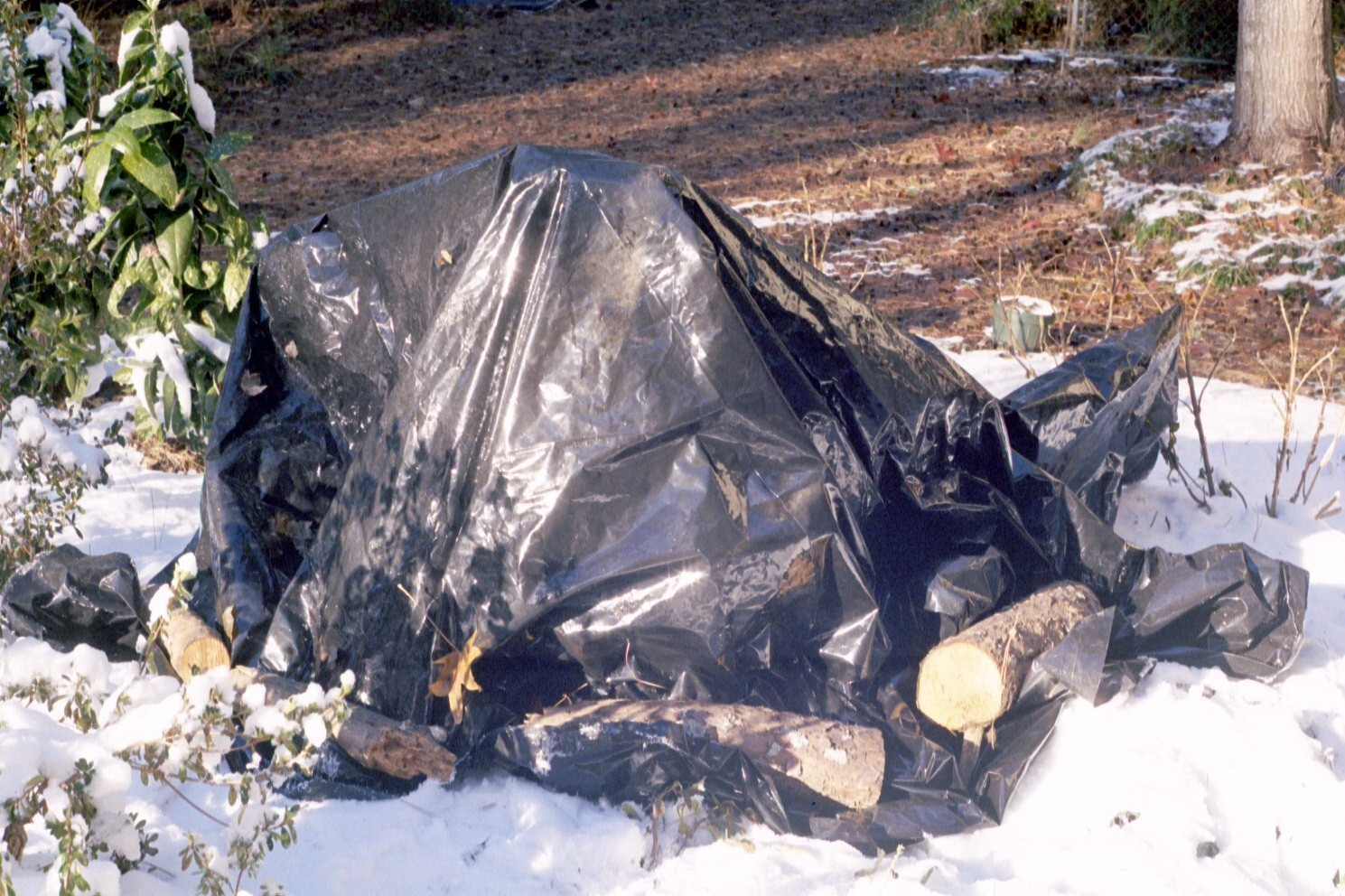

camellia freeze damage


